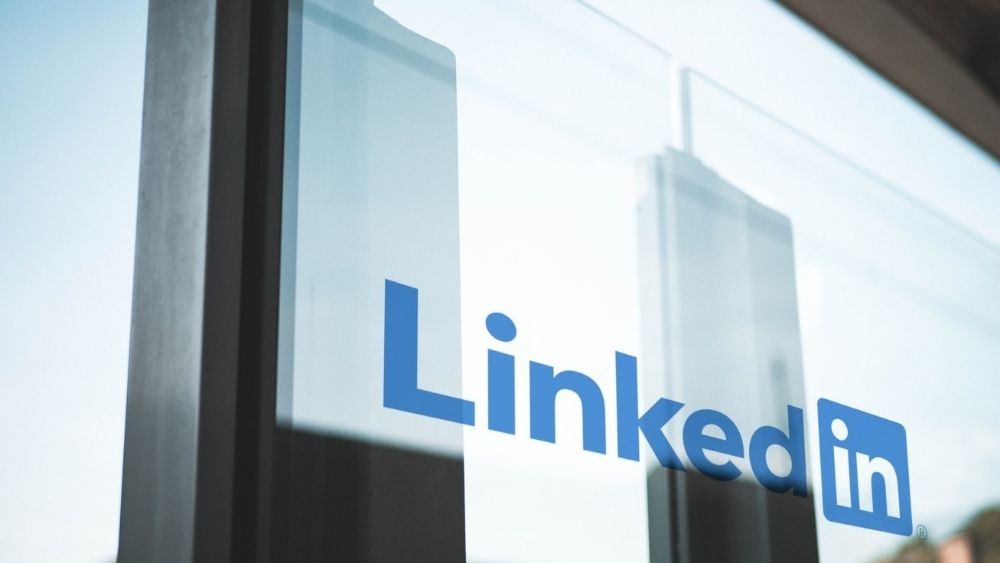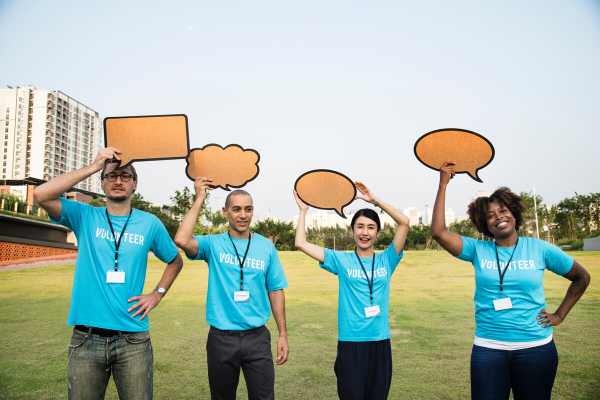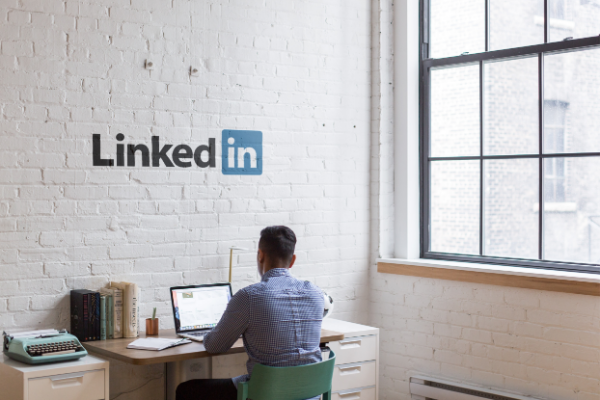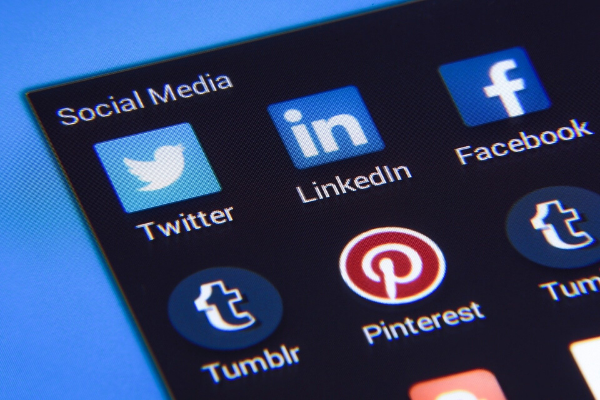Insights
INSIGHTS
All Topics
My Account
How charities and charity professionals can make LinkedIn work
28 Oct 2020by Christine Chiu
LinkedIn is a great tool for charity professionals and organisations, read on to see how your charity can make it work
LinkedIn is a proven platform for so many professions. It’s regularly used for networking, recruiting, news and industry insight among others. But when it comes to the charity sphere, a glance at the platform shows there seems to be less appetite for the platform than in other sectors.
Why charities might not use LinkedIn
Why is it that charities hesitate over LinkedIn as a viable marketing channel? Here’s what we learned from our charity audience:
- Timely upkeep, there’s too much noise and loads of cold calls
- We don’t have an audience there
- It doesn’t help our cause
- It’s not even a good recruitment platform
While can make arguments for most of the above, it’s important to remember that for every action there’s an equal opposite reaction. And for every reason against LinkedIn, we’ve found a reason for the platform. Here are some ways charities and charity professionals can make LinkedIn worth their while.
Making the most out of your profile
Make your profile stand out amongst the crowd. LinkedIn profiles showcase what you’ve achieved professionally. Dispelling any corporate stereotypes, you can share things you are passionate about that aren’t related to work. Remember, keeping your profile up to date isn’t just for when you are job hunting.
LinkedIn offers tips on how to best position yourself. Profiles tell more than the professional story. The social media platform suggests making “your headline more than just a job title.” Adding a bit about what you’re passionate about and what drives your charity can make your profile more personable.
The platform advocates a proactive approach to managing your profile. Actively sharing relevant content and commenting on your feed automatically brings your profile to the top. This makes it easier for people to notice you.
Don’t be afraid to network with potential donors
For both charities and professionals, LinkedIn helps everyone stay connected. Some charity professionals might find it awkward to use LinkedIn. They might find it challenging to connect with industry professionals during fundraising seasons.
Despite this reticence, LinkedIn is fertile ground for fundraising. According to Statista, in 2018, more than 52% of LinkedIn users have a household income of more than £48,000 per annum. This is compares to the 2018-2019 average annual household disposable income of just over £35,000. The numbers show that LinkedIn user are well positioned to donate.
Overcoming the fundraising challenge, LinkedIn is a great way to touch base with potential donors. The key is knowing how to raise the subject of money.
Writing on LinkedIn’s blog, Andrey Gidaspov advises on professional ways to solicit donations. He says “Don’t spam your contacts with heavy messaging on your fundraising project.”
Rather than overwhelm your network, send personalised messages to select contacts. He also says, “Don’t forget though that your most recent fundraising project should be centrally located on your company page with the DONATE link prominently placed, so that when your prospect gets interested in you and your project, he or she can find all the relevant information.”
Empower your charity cause on LinkedIn
Charities too can take advantage of LinkedIn. Staff should also be part of the journey. Donorbox recommends powerful tips for non-profits. Posting content regularly helps boosts profiles and keeps followers up to date. Donorbox says that sharing fundraising campaigns and awareness is important.
The key is to establish your charity as a thought leader. One of the best tips Donorbox has is to create LinkedIn specific content. These could be articles or updates. It’s important to keep content short and snappy. Lengthy videos and verbose articles tend not to be well received. Disruptive Advertising also recommends adding images of real individuals and employees. Avoid stock photos. The advertising agency recommends adding compelling, attention grabbing statistics.
Charity employees can make a difference for their causes on LinkedIn. Staff can help build up their network by connecting with their charity’s page. This helps to grow both individual and the organisation’s network. Employees should also share, repost, and comment on charity content.
It can be a charity recruitment game changer
Finally, no article on LinkedIn can really go without addressing recruitment. For both charity professionals and organisations, LinkedIn is an important platform to be on.
More compelling than other mainstream social media platforms, LinkedIn can help professionals job hunt and network.
Three main features help charity job seekers. Groups, job alerts, and endorsements boost individual profiles. Groups are communities that candidates join to keep abreast of industry developments. Job alerts can be tailored to key words, roles, or locations. Even if you aren’t looking for a new role, alerts can help you gauge the recruitment situation. Endorsements are comments from your network supporting your professional skills. Together, the three LinkedIn features help charity staff find the right role.
For charities, LinkedIn is perfect for candidate targeting. Charities can actively recruit staff and volunteers from the platform. Teams can search for candidates they want and message them privately. This type of recruitment also aligns with strategic goals. As an example, charities may want to increase the number of digital professionals. Searching for individuals in your network or specialised groups improves prospects.
07 Mar 2025by Ioan Marc Jones
A-Z incredible fundraising ideas for charity
07 Mar 2025by Ioan Marc Jones
An A-Z glossary of service delivery terms and definitions
Our Events
Charity Digital Academy
Our courses aim, in just three hours, to enhance soft skills and hard skills, boost your knowledge of finance and artificial intelligence, and supercharge your digital capabilities. Check out some of the incredible options by clicking here.



















